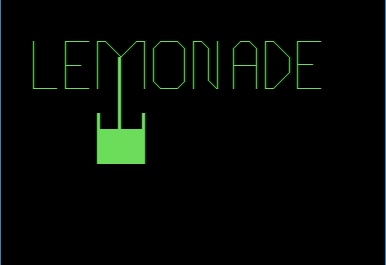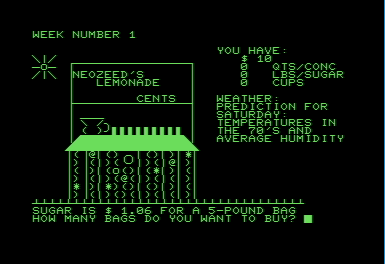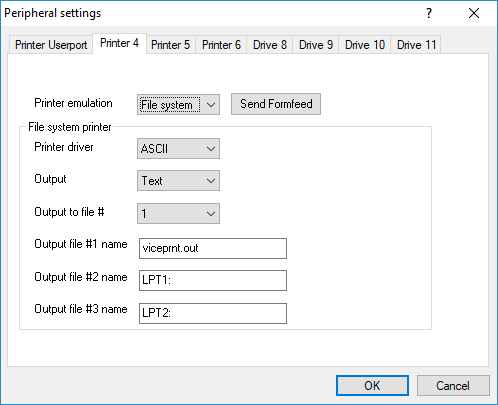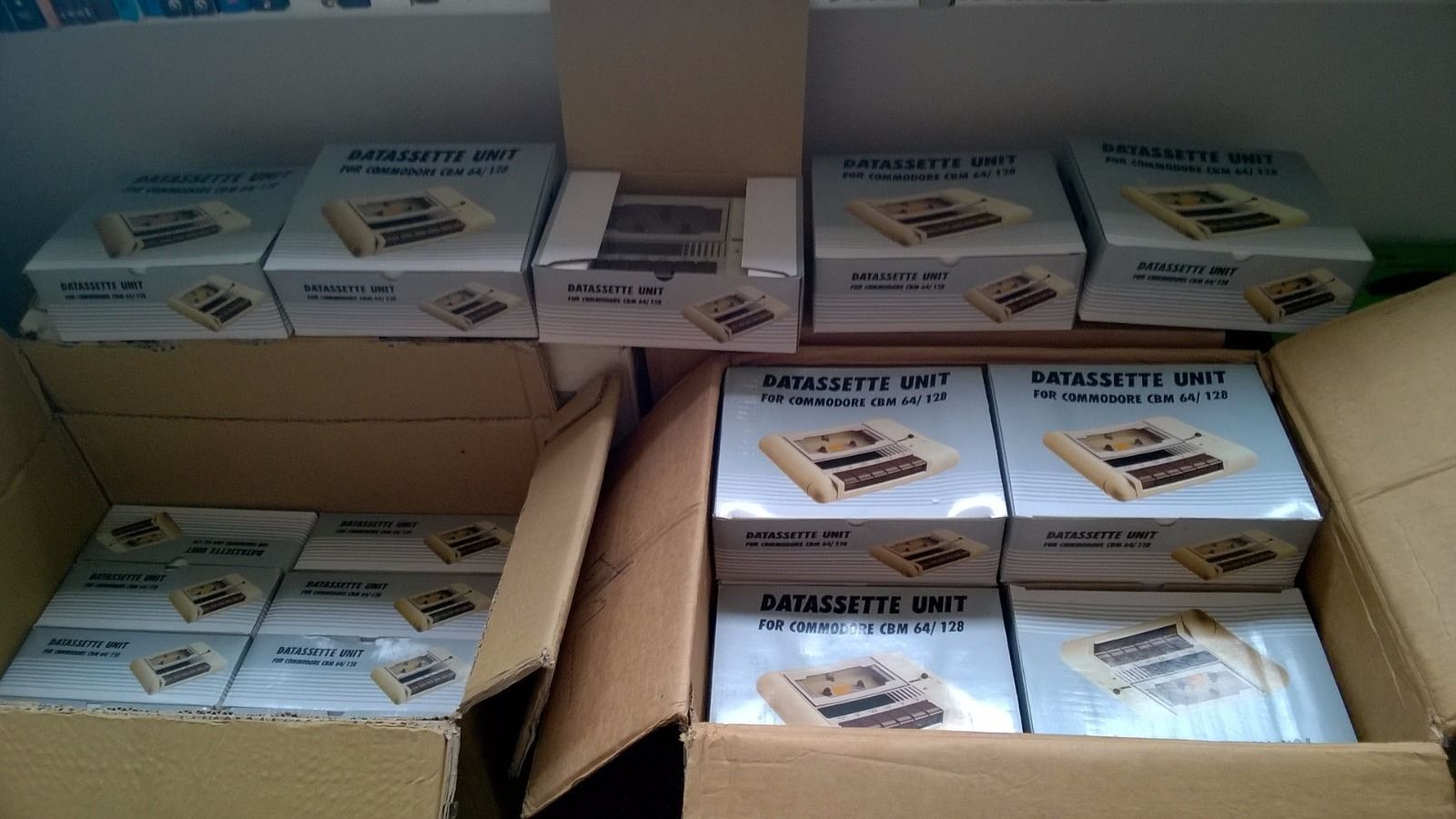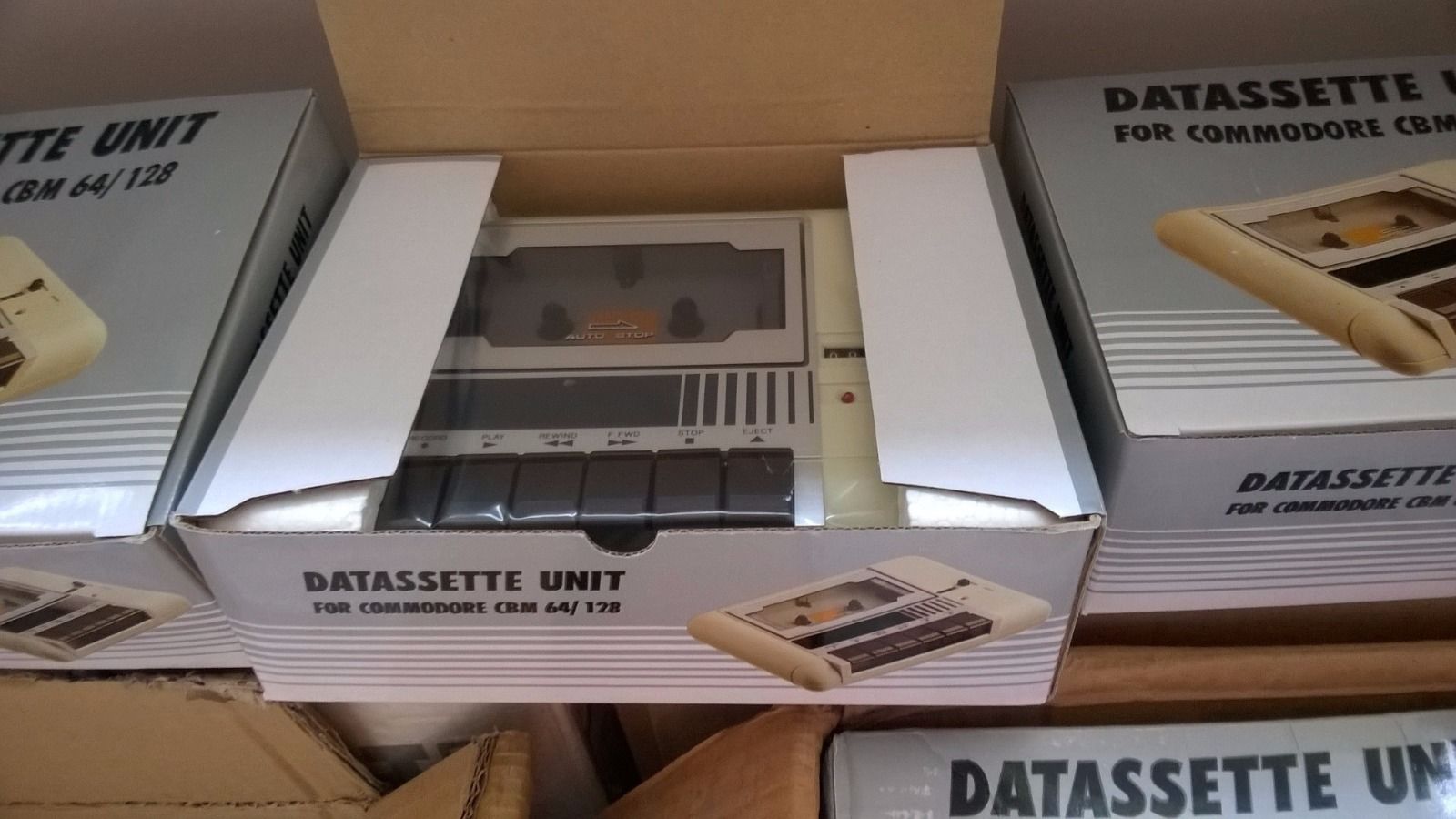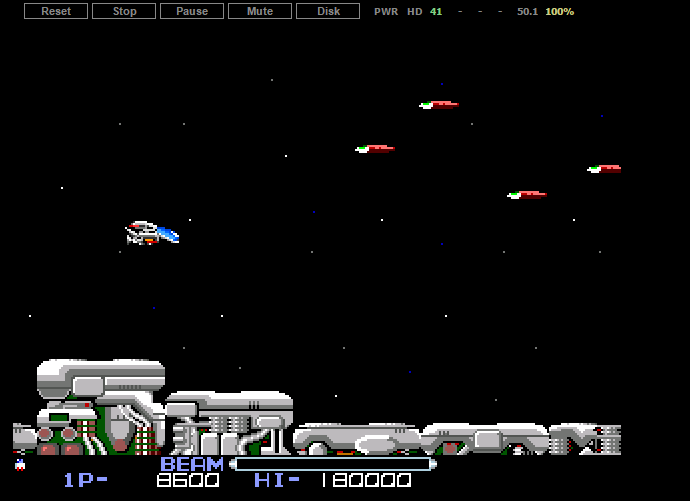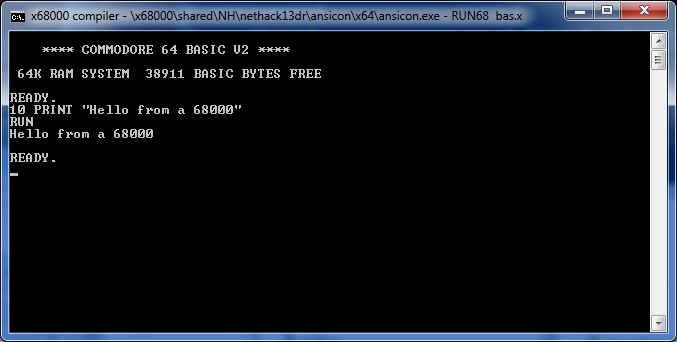I just found this post over @pagetable.com, the source code to a bunch of old Commodore 8 bit products have been located and recovered, and place online over on github. Even better there is detailed instructions on cross assembling from a suitable PET machine for building your own KERNAL ROM.
Other sources include:
- BASIC_C64 reindented BASIC_C64, KERNAL_C64 and DOS_1540 to approximate the LST
- BASIC_CBM2_A reindented BASIC_CBM2_[AB], KERNAL_CBM2_[AB] and EDITOR_CBM2 to appro
- BASIC_CBM2_B reindented BASIC_CBM2_[AB], KERNAL_CBM2_[AB] and EDITOR_CBM2 to appro
- BASIC_PET2001 added BASIC_PET2001
- DOS_1540 reindented BASIC_C64, KERNAL_C64 and DOS_1540 to approximate the LST
- DOS_1571 added DOS_1571
- DOS_1581 added DOS_1581
- DOS_4040 reindented DOS_4040 to approximate the LST output of the assembler
- DOS_8070 reindented DOS_8070 to approximate the LST output of the assembler
- DOS_8250 reindented DOS_8250 to approximate the LST output of the assembler
- DOS_D9065 reindented DOS_D9065 to approximate the LST output of the assembler
- EDITOR_CBM2 reindented BASIC_CBM2_[AB], KERNAL_CBM2_[AB] and EDITOR_CBM2 to appro
- KERNAL_C64_01 added KERNAL_C64_03 and renamed the existing KERNAL_C64 to KERNAL_C64_01
- KERNAL_C64_03 fix disclaimer of C64 KERNAL -03 to reflect the LST printout
- KERNAL_CBM2_A reindented BASIC_CBM2_[AB], KERNAL_CBM2_[AB] and EDITOR_CBM2 to appro
- KERNAL_CBM2_B reindented BASIC_CBM2_[AB], KERNAL_CBM2_[AB] and EDITOR_CBM2 to appro
Super late, but pretty cool too!
Of interest is the PET2001 Basic sources. While there have been reversed efforts dating back for years, this is the actual source code. Namely the header.
TITLE BASIC M6502 8K VER 1.1 BY MICRO-SOFT
SEARCH M6502
SALL
RADIX 10 ;THROUGHOUT ALL BUT MATH-PAK.
$Z:: ;STARTING POINT FOR M6502 SIMULATOR
ORG 0 ;START OFF AT LOCATION ZERO.
SUBTTL SWITCHES,MACROS.
REALIO=4 ;5=STM
;4=APPLE.
;3=COMMODORE.
;2=OSI
;1=MOS TECH,KIM
;0=PDP-10 SIMULATING 6502
Which is pretty damned interesting. The infamous “WAIT6502,1” feature is also included!

